SUMMARY
This is AI generated summarization, which may have errors. For context, always refer to the full article.
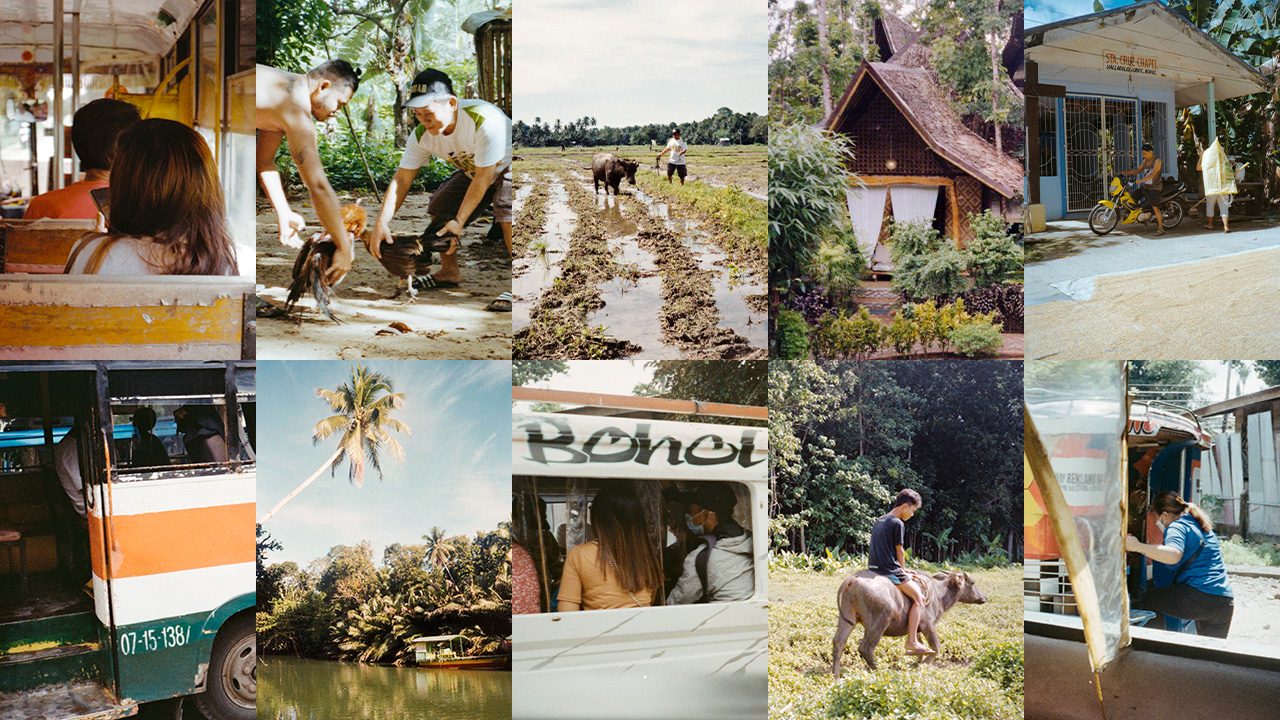
MANILA, Philippines – On December 16, Typhoon Odette (Rai) hit many parts of the Visayas and Mindanao, and Bohol recorded the most fatalities, 108, as of December 27. Many Bol-anons spent Christmas in their damaged homes – many roofless – while some no longer had any piece of their homes left at all.
For someone who left Bohol after a month-long temporary stay on the island, and just a few days before the typhoon hit, I feel both extremely grateful and sorry: grateful that I had missed Odette, sorry that I had left my neighbors and friends in Panglao to brave the hard blows. I know this may sound stupid, but I wished I could have been there to help Tita Tessie, who owned the store near the house I lived in; or Ate Mariebel, the barbecue vendor; or Nita, my neighbor who had a six-month-old baby. I cannot imagine their fright during that nightmare of a typhoon.
During my temporary stay in Bohol, I met some local village people in Loboc, too, who had shared with me that the last natural calamity to have damaged their town was in 2013, and that they had a hard time bouncing back. “We already lost our biggest income source – tourism – because of the pandemic. So now, we rely more on agriculture,” they told me in Filipino. “If another strong typhoon comes, our farms would be destroyed and we would lose our last few income sources already. We would be left with nothing.”
Little did we know that just a month after that conversation, Odette would strike their quiet town and the rest of the island with hard blows again.
I now see a lot of photos showing the damaged Bohol. While I know that we need these to inform the world of the current situation there, these are not the sights that I want to remember of Bohol. Bohol does not deserve this. No place deserves this.
Luckily, I managed to take some snaps of life in Bohol using my film camera, a Minolta Hi-Matic AF, during my stay:










It is so amazing that, in the Philippines, relief operations are quick to happen right after a typhoon. The Philippine Gift of Life Foundation, for instance, has already raised ₱767,927 as of December 28. They pack relief bags that contain rice, canned goods, noodles, and hygiene kits that have already been distributed to approximately more than 5,000 individuals from badly-hit towns like Loon, Calape, Getafe, Inabanga, San Miguel, and Talibon.
Interested donors may send their cash donations to Mara Ruiz (account name), 9479185678 (account number, BPI) as they plan to reach more towns in the coming weeks. – Rappler.com
Add a comment
How does this make you feel?
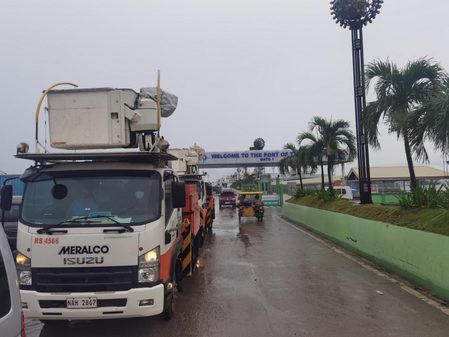
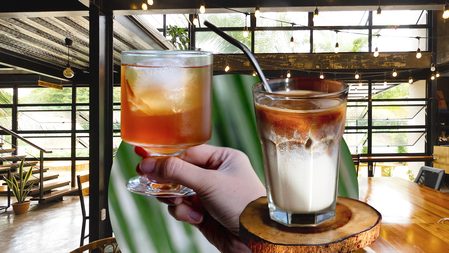
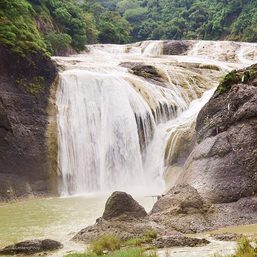
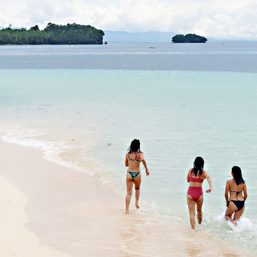
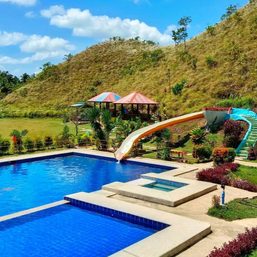
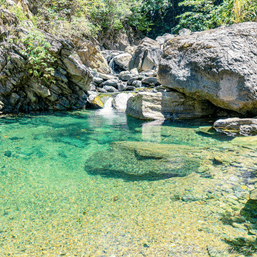
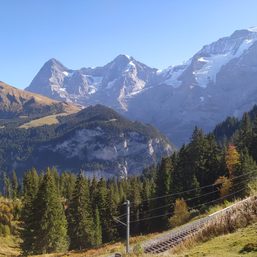
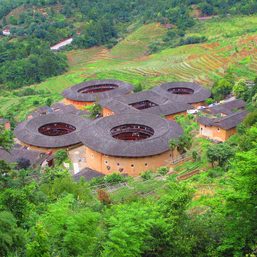
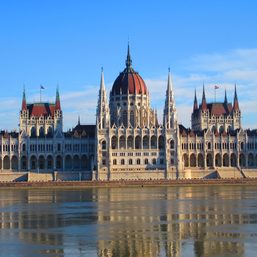
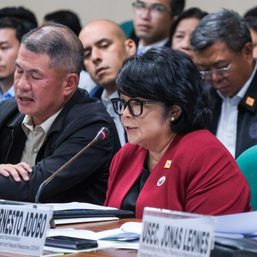
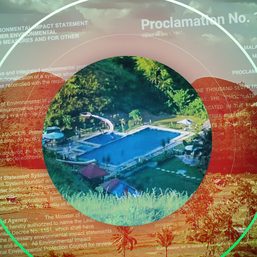
There are no comments yet. Add your comment to start the conversation.